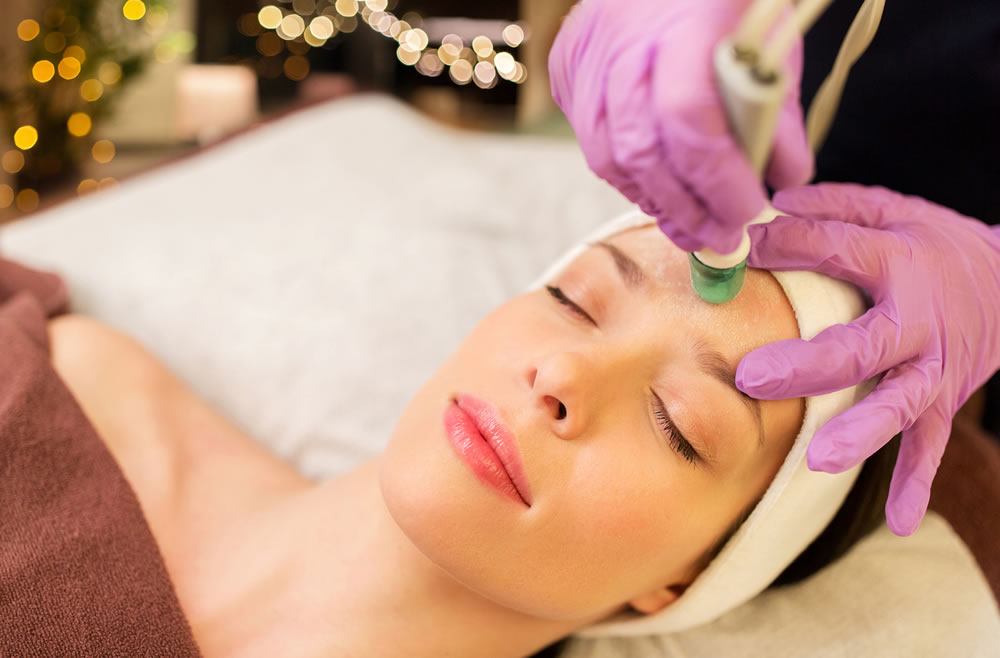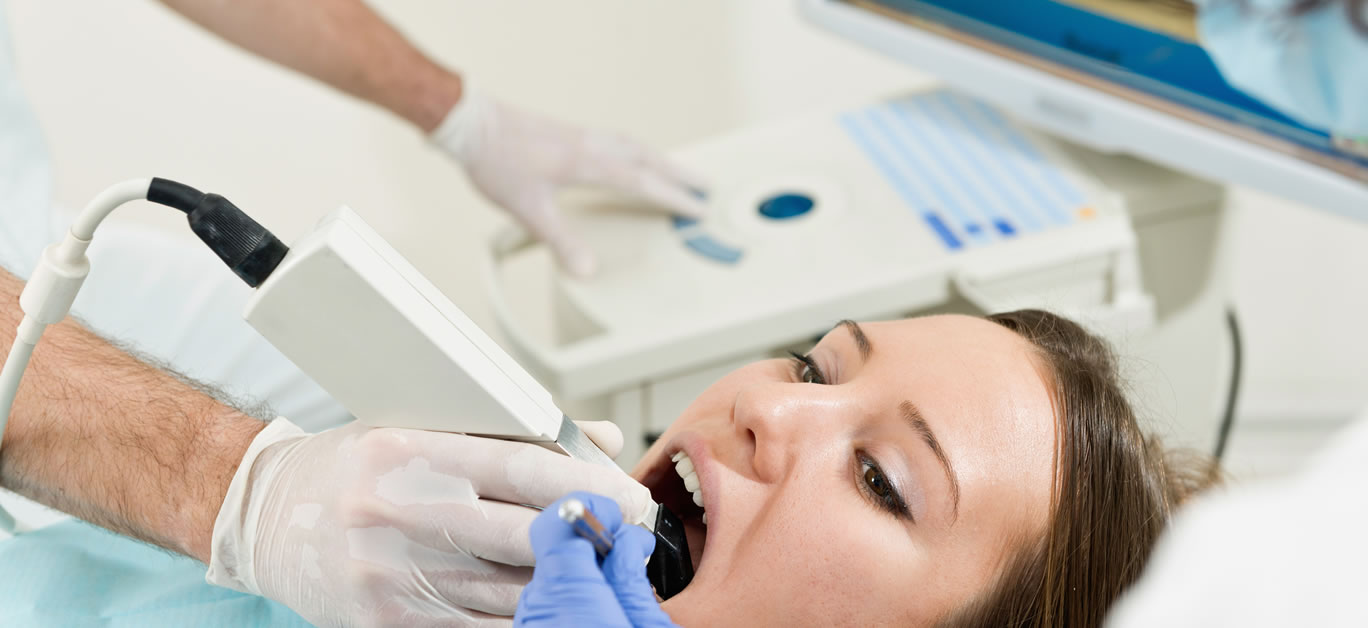As consumers continue to embrace everyday technology such as virtual assistants, virtual wallets and even virtual currency such as Bitcoin, it makes sense that the beauty industry is being influenced by technology too.
The way we navigate the beauty industry is changing, and beauty companies are adopting everything from virtual ‘try on’ apps to artificial intelligence. From commercially available drugstore brands such as Neutrogena offering light therapy acne masks, to aesthetic practices merging multiple technologies for their dermatological procedures, the beauty industry is embracing our digital age.
We spoke to Dianne Burkhill of Candela Medical, who shares five new ways beauty treatments are changing with technology.

1. Printed makeup
At the 2019 Consumer Electronics Show in Las Vegas, Procter and Gamble introduced the world’s first handheld makeup printer for your face. The Opté Precision Skincare System, or the Opté wand, has a tiny in-built camera to take pictures of your skin at 200 frames per second, whilst a microprocessor analyses the data. From this data, the device is able to detect anything from the pigmentation of your skin to ageing spots, and smoothly covers them as you run the device over your skin. The result? A perfect makeup base instantly achieved without the labor of blending or having to find your right foundation shade. The three formulas (light, medium and dark) are said to cover 98% of all skin tones, and the device retails at approximately $600 (£465).
2. Digital scanners to shade match customers
As demand for personalized cosmetics is increasing, skin tone analysis is changing with technology too. Now, gone are the days of swatching bacteria-harbored testers on your jawline to find the perfect skin match. Instead, brands such as NO.7 and Lancôme are introducing handheld colorimeters to digitally scan your skin. Simply go into your local drugstore and ask the consultants for a shade match. The data from the device will be sent to a machine which will mix your perfect foundation shade for you.
3. Extensive treatment options via new, ‘all-in-one’ machines in dermatological practices
As technology enhances, multi-application devices are rising in popularity in dermatological practices. A recent study suggests that 87% of physicians chose multi-application devices over single-application devices due to the ability to perform a variety of skin treatments via one system. For example, Candela’s Nordlys System merges three foundational technologies together, and is configured with pre-set aesthetic and dermatologic treatments. Not only do these presets allow for consistent results, enhanced patient comfort and ease-of use, but this platform technology enables physicians to grow with their practice as they can start by investing in only the handles they need.

4. ‘Try on’ apps
Manually swatching makeup products can be time consuming, and it can be extremely difficult to envision the shade on your skin when purchasing makeup online. Increasingly, brands such as Sephora and L’Oréal are introducing virtual try-on apps so users can try, shop and share their unique makeup looks. As face tracking technology also improves, these digital overlays are becoming truer to reality and precise.
5. Smart hairbrushes
Smart hairbrushes aren’t just used to smooth a person’s hair, but they are a personal hair coach to each user too. Packed with sensors, these technologically advanced hairbrushes can measure frizz, split ends, breakage and the overall quality of the hair. As well as being designed to massage your scalp as you brush your hair, smart hairbrushes can analyse the users brushing patterns and brush strokes via an accelerometer and gyroscope (movement and vibration detectors).






















